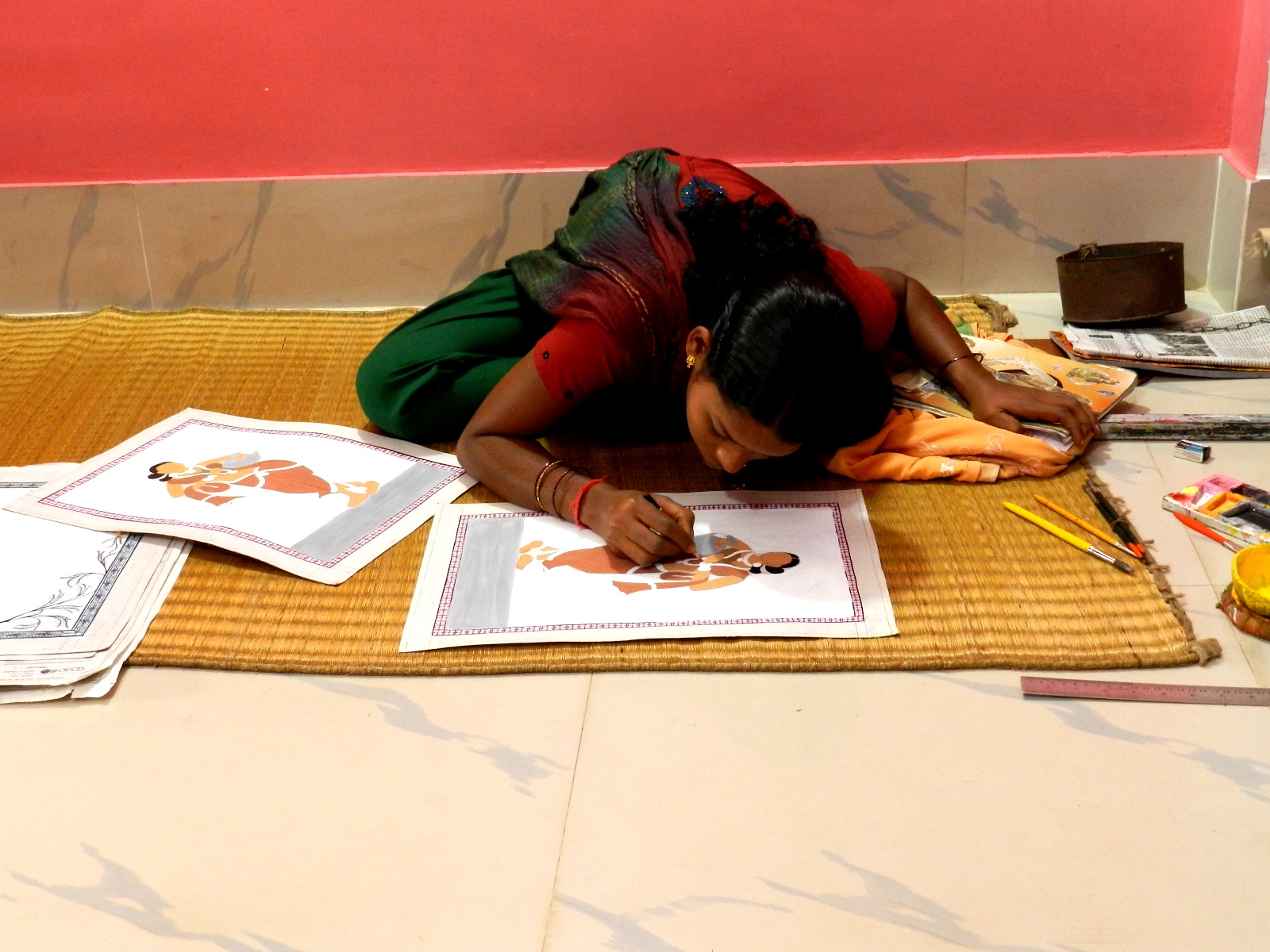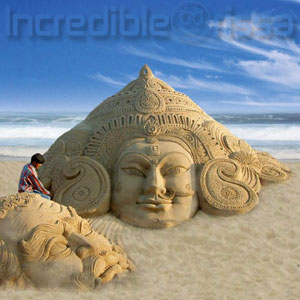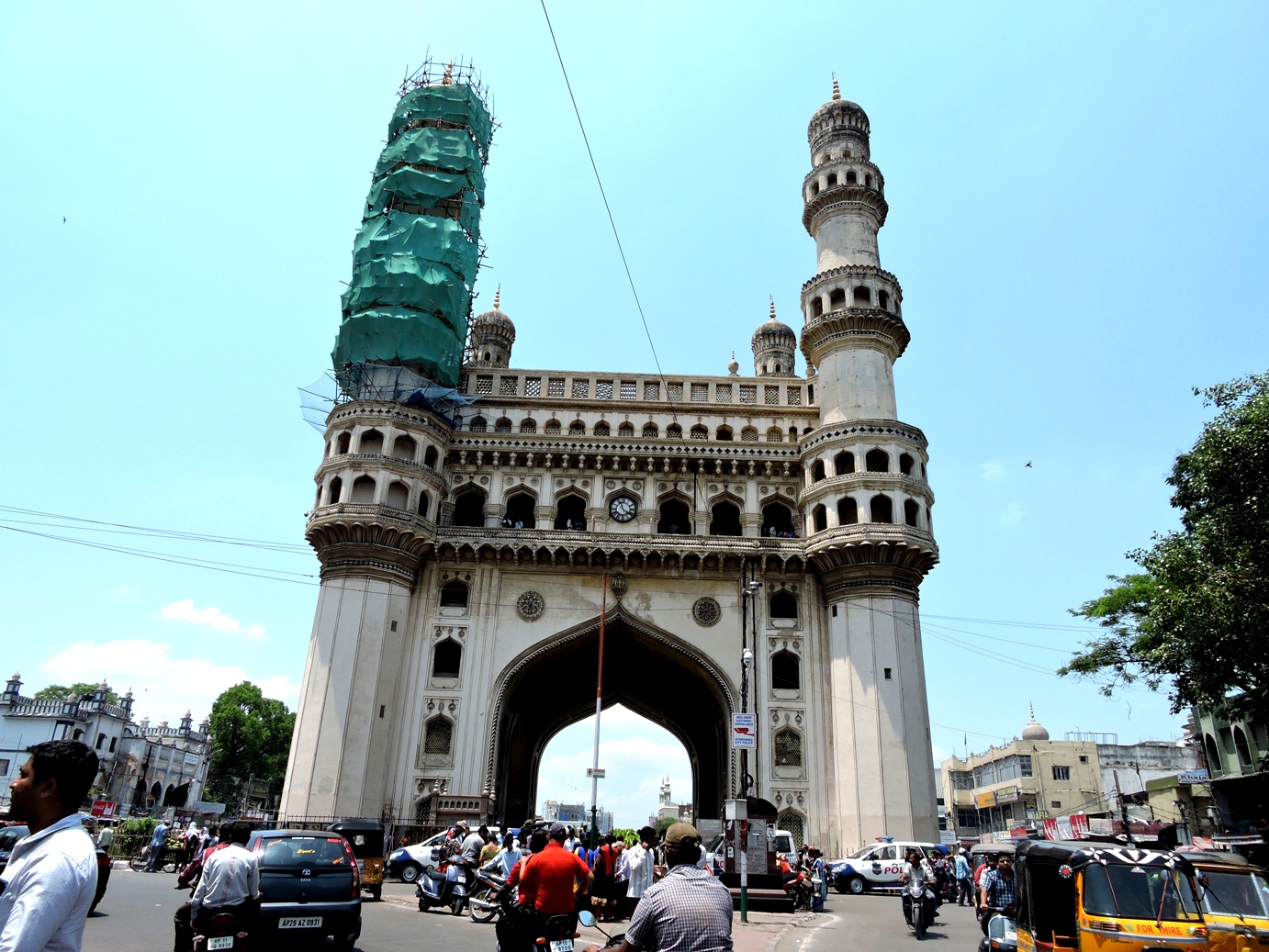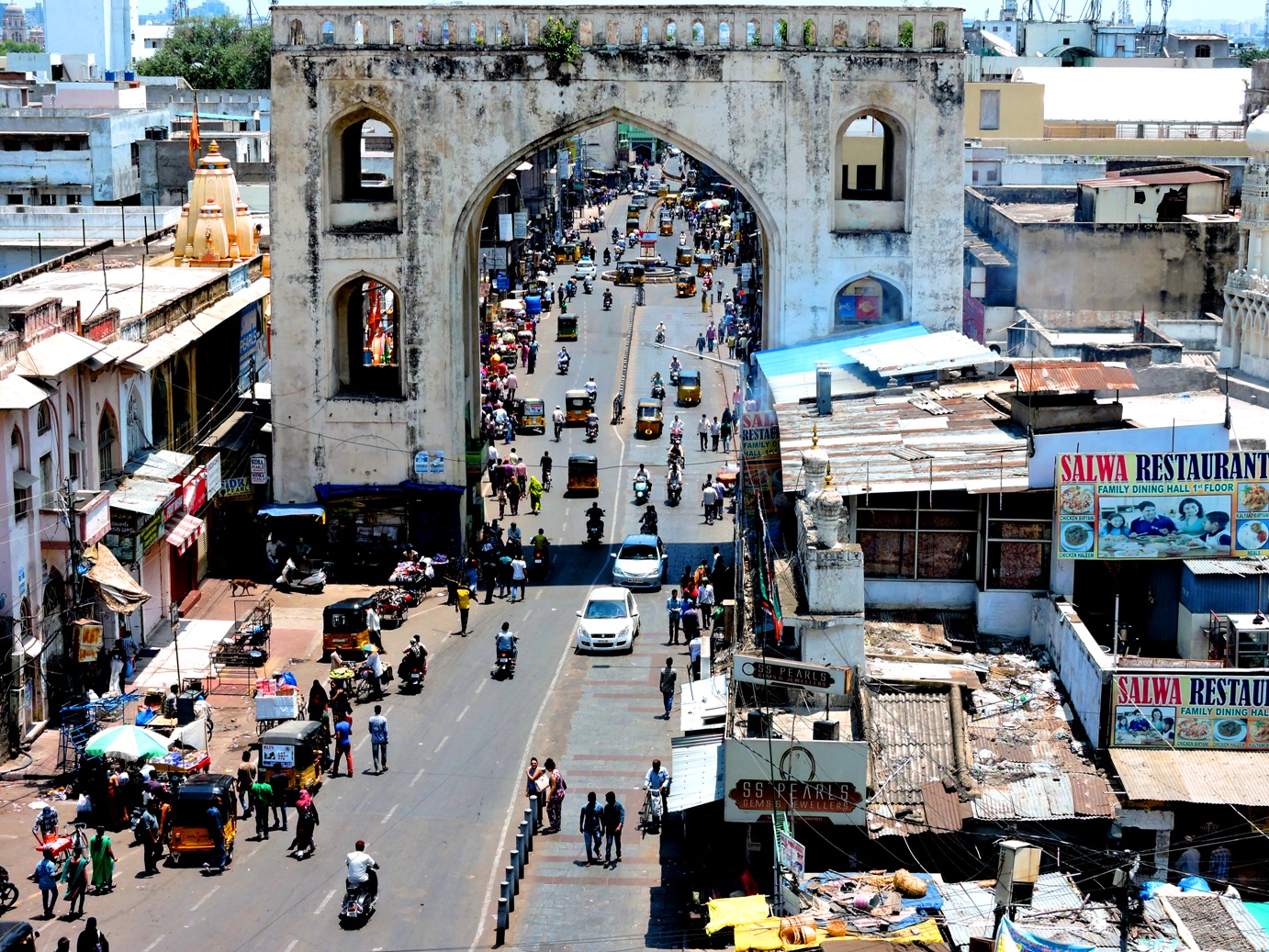While I cautiously checked the scalding potential of the geothermal pool dazzling silver under a full moon, the mineral rich waters tested my trust in its healing potential. Taking a dip of faith, I gingerly lowered my legs. My immediate impulse to withdraw was overpowered by my resolution to stay. As I gradually relaxed, the hungry waters started feasting on my fatigue, while I absorbed its vitality.
Wrapped in its warm maternal embrace, months of rock-hard stress courtesy the pandemic isolation started melting. As fresh energy flowed in, I started feeling hungry. After a hearty organic meal cooked by local women, I slept like a baby.
My zen-like oasis was the Fire Mountain Retreat in the tribal village of Nimboli, near Vajreshwari Devi temple, a three-hour drive from Mumbai. A mini open-air pool, Jacuzzi and bathtub offered a diversity of private bathing experiences amidst blooming gardens.
Water temperature of the heated groundwater here and in neighbouring public natural hot springs (kunds) ranges between 40-50 degrees Celsius approximately. Thankfully, the heat here had been tamed with cooler waters.

At Fire Mountain Ayurveda retreat, hot springs are surrounded by clusters of beautiful blooming natural gardens. Photo courtesy: Fire Mountain Resort
According to geologist Dr Ashwin Pundalik, “Hot springs form when a water table of heated groundwater intersects the ground surface. These hot springs are related to faults in the [earth’s] crust. From Vajreshwari to Rajapur, they define a linear pattern and are linked to the faults near west coast. These faults are active, and have caused earthquakes in the past’’.
At the kunds of Nimboli and Kalbhon, villagers who ritually bathe at dawn and dusk raved about the health benefits of these waters. From Nimboli I hiked over boulders and shallow waters to Agni Kund, a hot springs pocket inside River Tansa, pausing to feed biscuits to fish in the river. Shimmering like green snakeskin, the clear water flowing in at source is nearly 60 degrees Celsius, hot enough to boil rice in a few minutes, which then is tempered by incoming river waters.

Mysticism and hot springs have a deep connect at Ganeshpuri, a popular pilgrimage town two kilometres away where several ascetics have attained samadhi. A kund at Swami Nityananda’s samadhi temple complex was once his private bath.
A short auto ride away from Ganeshpuri are seven hot springs at Akloli. Walking past lodges and eateries, I stood sipping on sugarcane juice, enjoying the antics of enthusiastic bathers. At the kunds outside a Shiva temple, kids splashed around.
Locals have observed that when one hot spring gets affected due to human interference like drilling, it impacts water flow in other hot springs in the region, indicating how interconnected and fragile this ecosystem is.

Villagers bathing at Agni Kund inside River Tansa.
Sedimentary geologist Suvrat Kher says, “Hot springs in Maharashtra are located along the fracture zones of the Deccan Traps that were formed over 65 million years ago due to volcanic eruptions. Groundwater percolates to great depths through these fractures and faults and gets heated by rocks. Frictional heat generated by intermittent movement of rocks along faults could be an additional source of heat.
This warmer buoyant water then rises to the surface as hot springs. Traces of Radon gas indicate deep circulation of thermal waters through the granite crust several kilometres underground.”
My final stop was at Dr. Kothavala’s Resort, a Parsi family-owned health resort in Ganeshpuri with spacious rooms and large airy corridors, built over a natural hot spring and cooled with a moderator.


Dr. Marzban R. Kothavala originally started this as a dispensary with a vision to help people heal. An advertisement from 1933 stated that this was India’s only spa.

Unlike England’s Roman Bath where I tasted the sulphur water, here I was advised against drinking the water because of Radon traces.
Six private bathing rooms with bath tubs were tucked away in a corner of the large grounds. Day trippers can also experience the restorative benefits of these mineral rich hot springs at a nominal fee of Rs 100.
Immersed chin deep in these nourishing waters, glowing golden by candlelight, the residue of my exhaustion silently dissolved into the warm, fluid world and I discovered my body’s potential to heal naturally. Rested and rejuvenated, I felt confident to flow with the high and low tides of life once again.
The Dont’s of Thermal Water Bathing :-
- Do not bathe in the thermal waters after eating. You may get nausea.
- Do not use soap. It acts as a deterrent to cleansing.
- Do not take a cold water shower after the thermal water dip.
- Do not bathe more than 10–15 minutes.
- Do not drink this water as it has traces of Radon gas.
This article was first published in National Geographic Traveller India at this link http://www.natgeotraveller.in/healing-hot-springs-of-maharashtra/












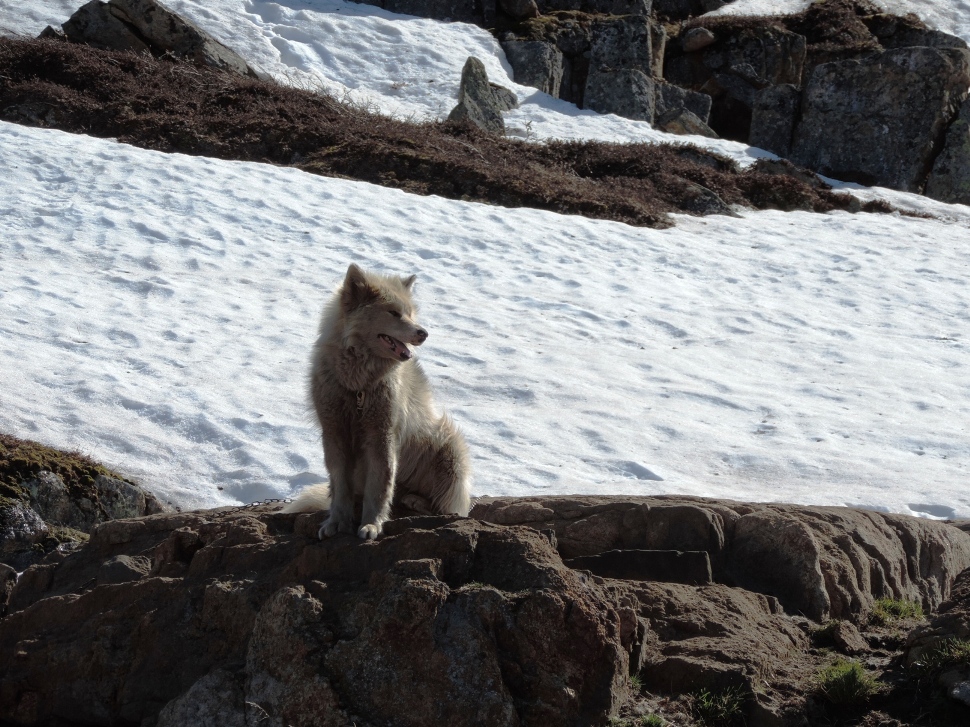





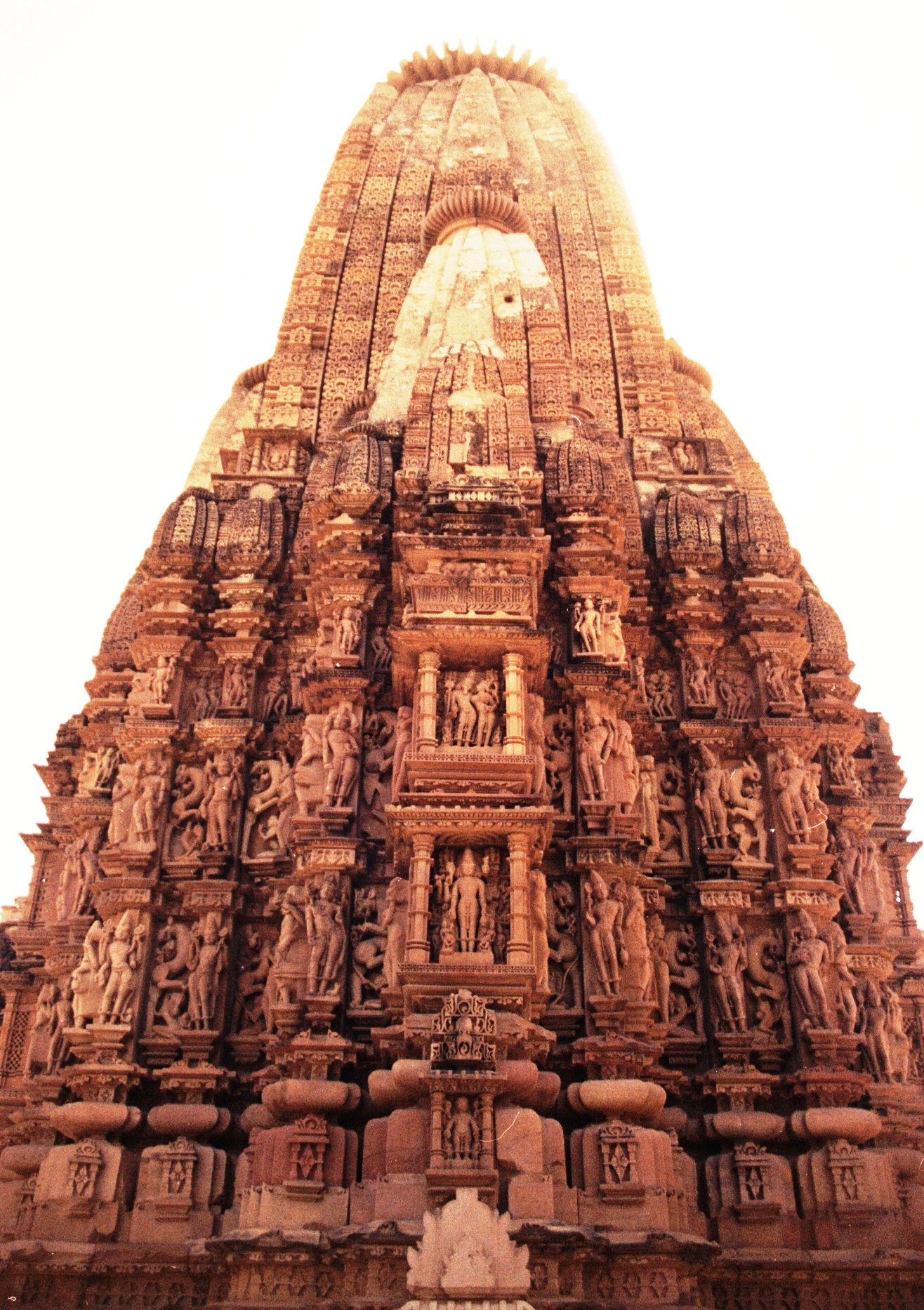

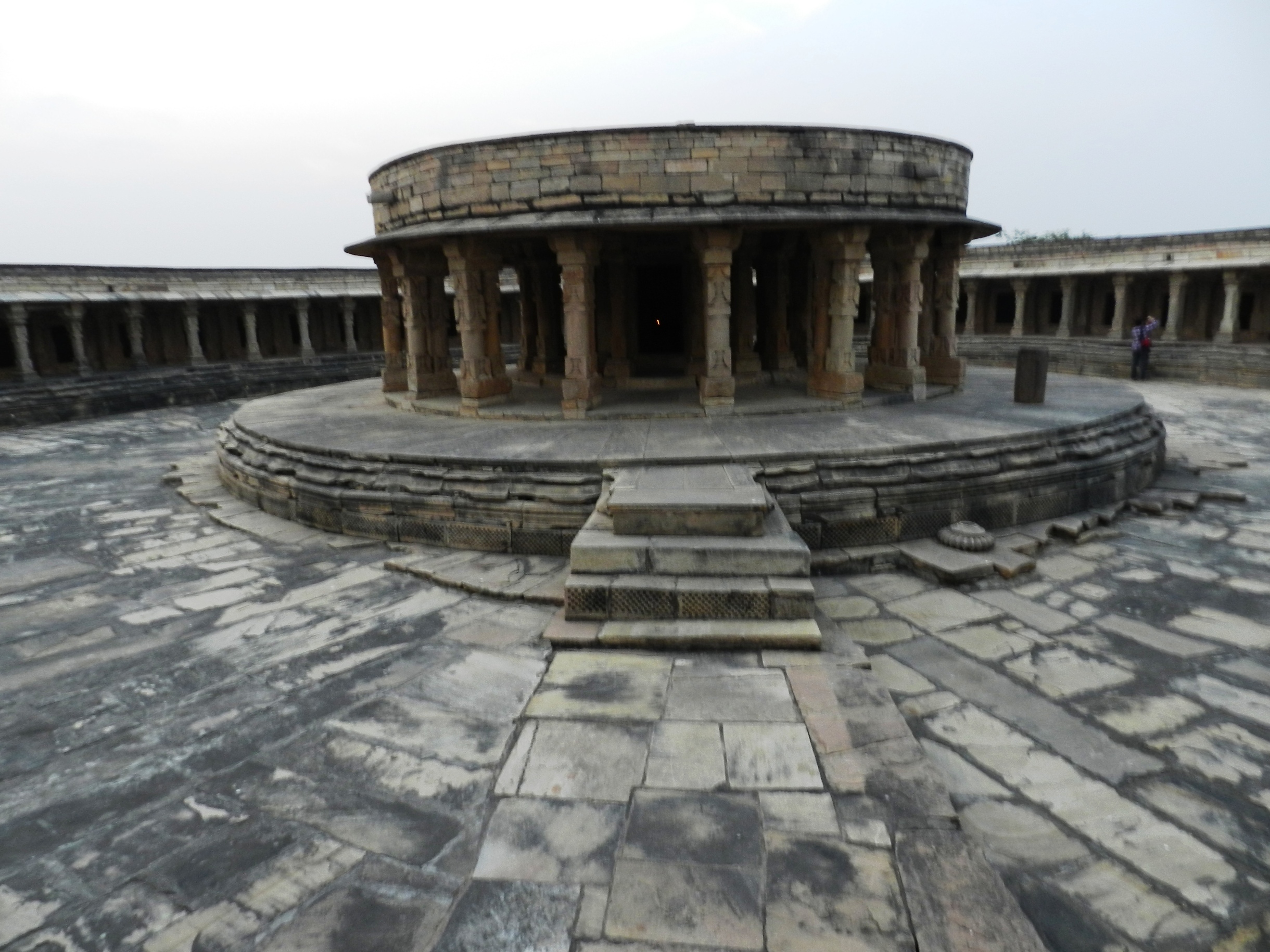


 Photo courtesy:
Photo courtesy: 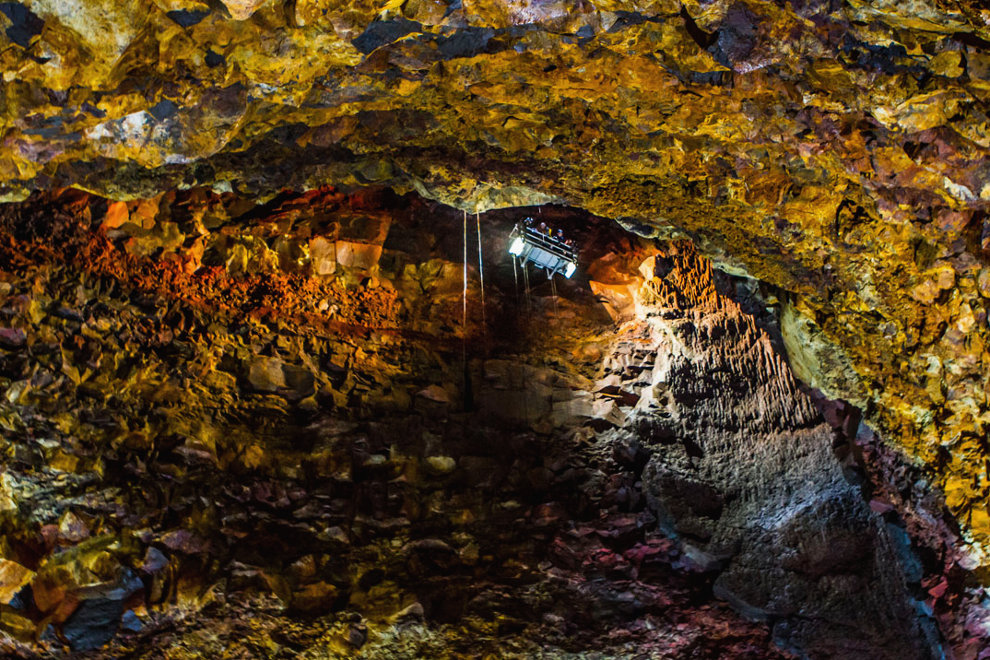

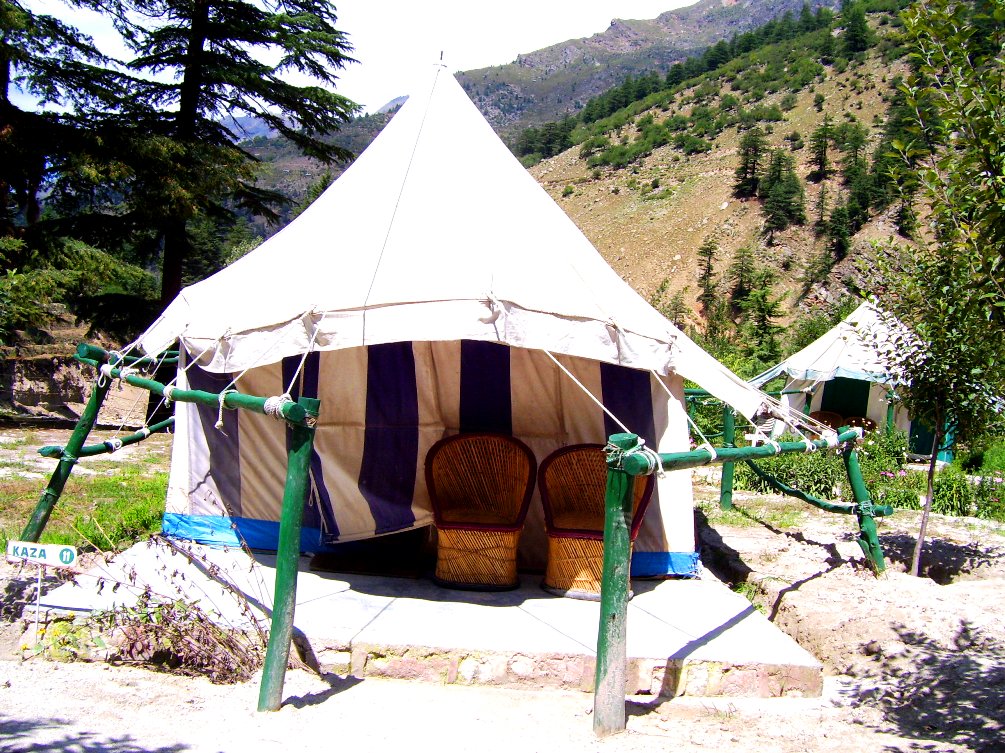
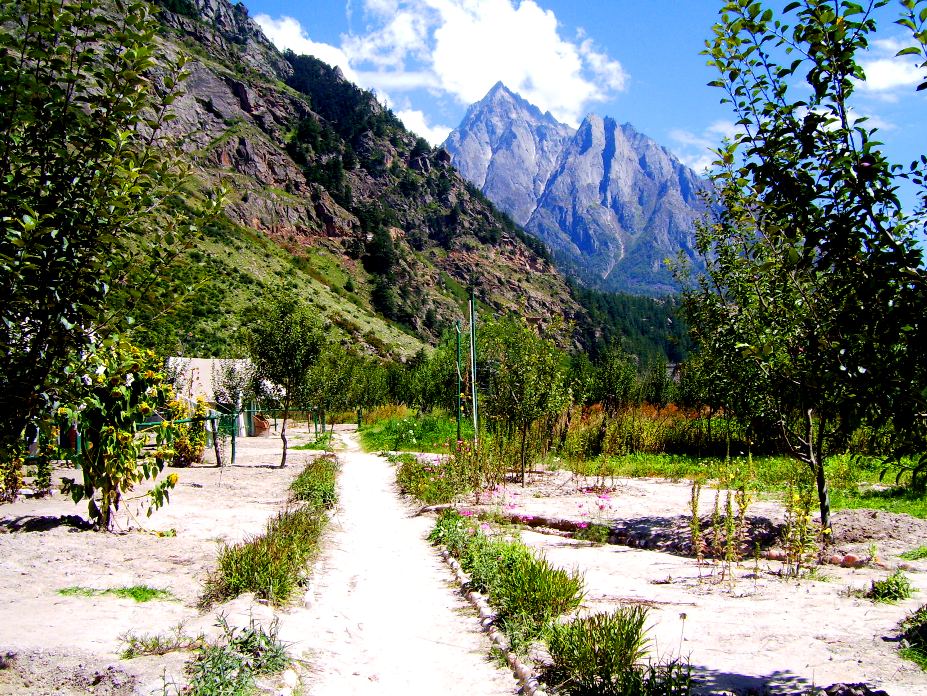


 Photo courtesy ‘Fruit Bageecha’.
Photo courtesy ‘Fruit Bageecha’.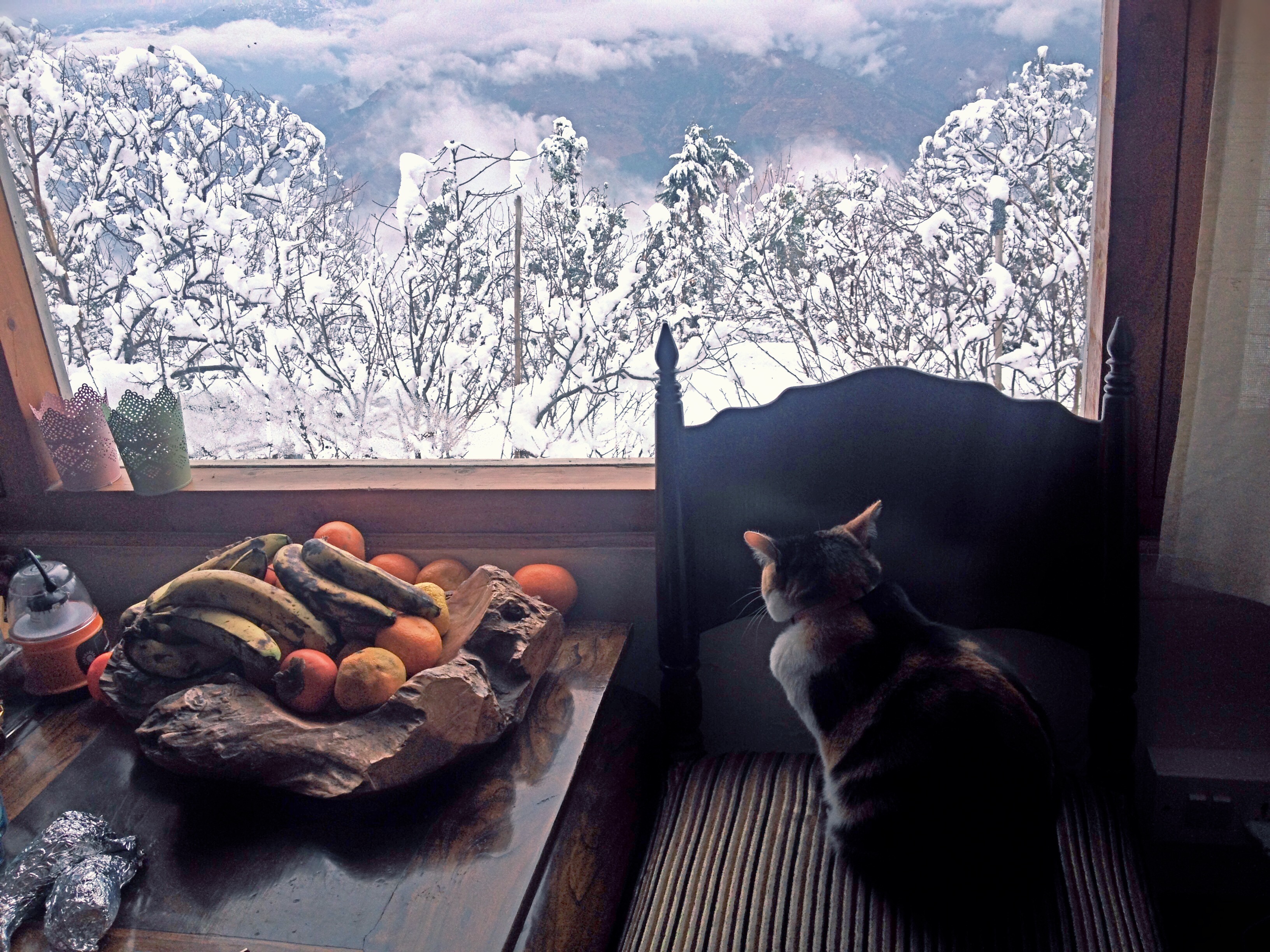 Photo courtesy ‘Fruit Bageecha’
Photo courtesy ‘Fruit Bageecha’

